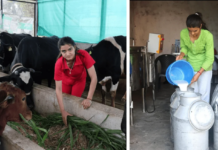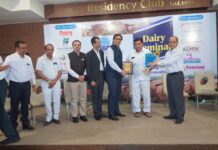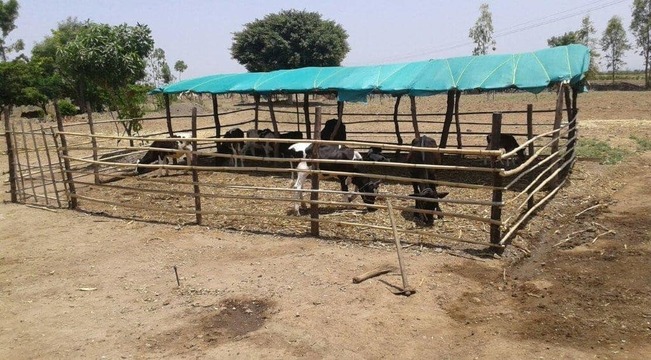New Delhi, October 14, 2021: In Part I of the blog, I gave a brief on how the loose concept was implemented in the Bombay Veterinary College Farms and academic studies were carried out. This only proved that if there is a sincere intention and will with the cooperation of even the labour class, even in the government institutes, radical changes can be accomplished. The experiment proved very successful, we all felt satisfied that finally, we gave freedom to the cows for resting as they wanted, for feeding and drinking when they needed (not when the labour had time).
After gaining first-hand experience, our team consisting of Dr M. I. Baig, Professor of LPM and his staff ventured out to developed few such models with the help of dairy cooperatives. The ones which played leading roles and accepted to work with the College teams were, Govind Dairy, under the able stewardship of Dr Shantaram Gaikwad; Sangamaner Dairy, under the leadership of Shri Ranjeet Deshmukh, who is currently Chairman of Mahananda and Chitale Dairy, under the leadership of Shri Vishvas Chitale. After overseeing hundreds of such cow systems, the following standard parameters could be recommended.
| Principle | Parameters | Benefit |
| Sufficient area for free movement and resting | 100-200 square feet per cow, depending upon the availability if enough land is not available to reduce the number of animals | Cow comfort, long hour rumination, good digestibility, good fat and SNF in milk |
| Good ventilation to reduce heat stress | No, or minimum brick walls (not more than 2 feet height, wire mesh compound up to height 4-5 feet minimum. | The area will remain dry hence cows will not have respiratory diseases, common if tied in the barn |
| Protection from intense heat and rains – shed | Cows/buffaloes enjoy rains but high humidity in the barn causes problems. Well shaded trees are the best option, a shed with good height, without brick walls, can also be provided for 1/3rd number of cows. This area can also be used to milk. Experience is that cows will not use it but sit under trees | Cow comfort throughout the year, less heat stress, better fertility. |
| Dry Floor | Well laid earth compacted floor | Clean cows, no need to wash the floors and cows, good udder and overall health |
| Feeding and watering system outside the compound | Feeding bunks should be 1.5 times the headspace. If 10 cows, then the bunk space should be 20 feet long and equal water ‘trough’ space, preferably combined and not individual | Comfortable feeding and water hours for cows, If the feed is available long hours, cows will eat 6-8 times in a day leading to a 10% reduction in feed requirement |
| Tick control | In earth floor tick breeding management is essential. The best option is rearing, poultry birds. | Birds will spread dung and eat excreted grains, pick up ticks from the floor and animals and eat leftover feed. Extra egg income |
Former Dean and Director of Instructions, MAFSU, Nagpur and
Ex-Associate Dean, Bombay Veterinary College
Indian Cattle


































